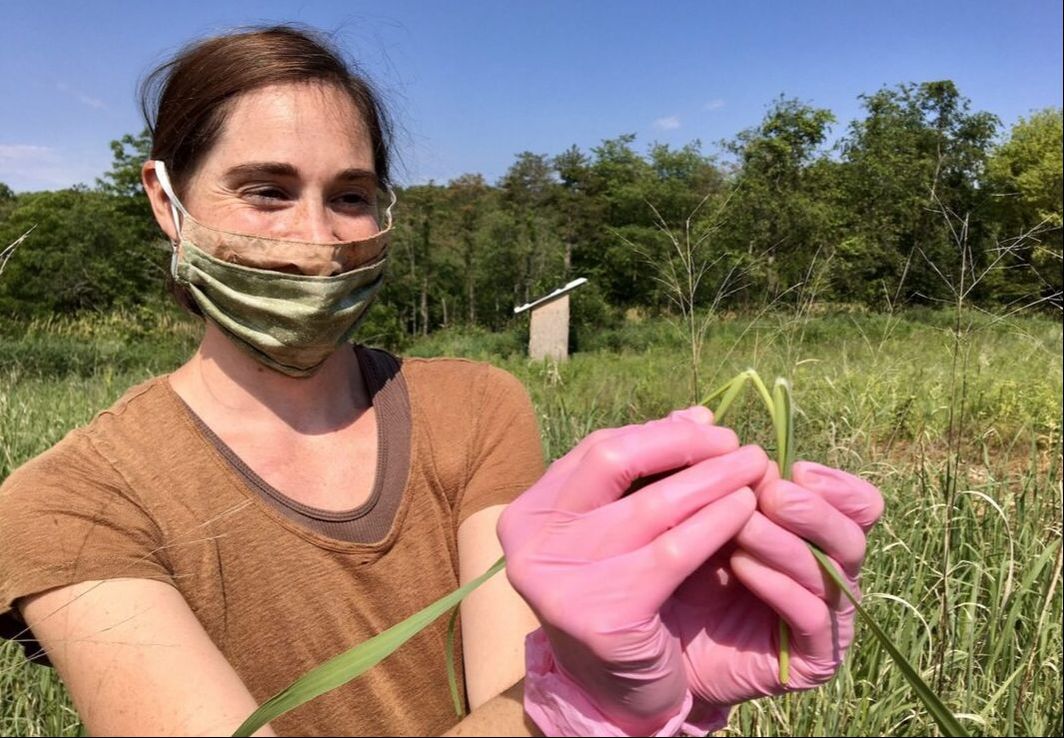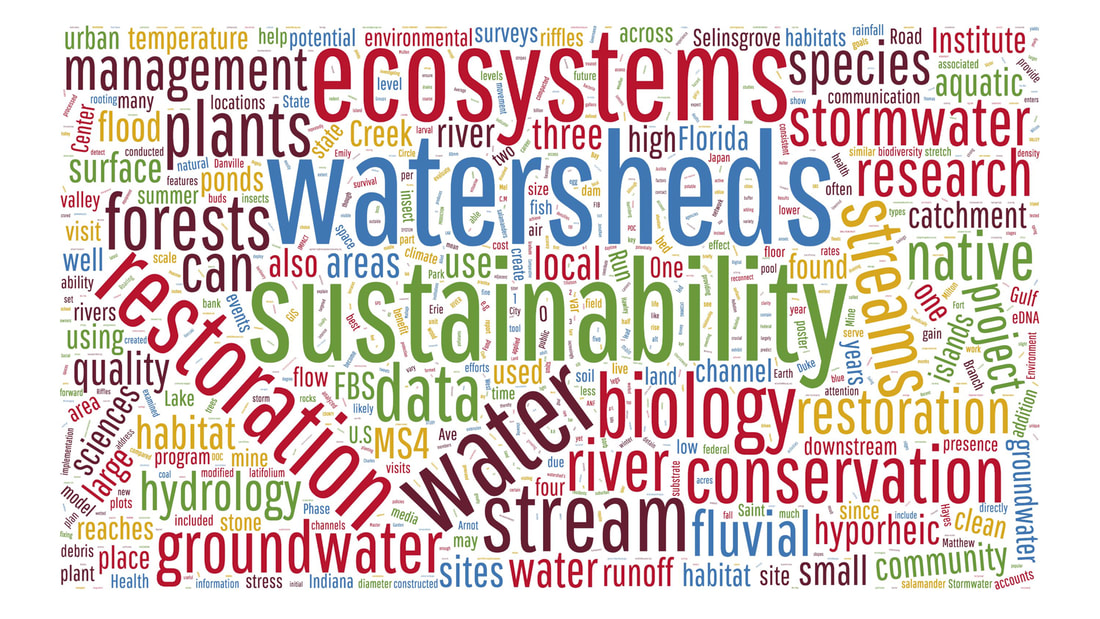|
As a young Benjamin Hayes scaled the final ranks toward his Eagle Scout award, Hurricane Agnes moved through the Valley in 1972, leaving behind historic flooding that inspired Hayes into a lifelong passion for river-based resources. “For my Eagle Scout project following Agnes in 1972, I was fortunate enough to get involved in a stream restoration project,” he said in a recent Middle Susquehanna Riverkeeper podcast interview. “That flood blew out so many streams in the area and historic mill dams failed. Streams changed their look overnight, and that really piqued my interest.” Over the following four-plus decades, Hayes has devoted his professional life to river study and protection, working as a river guide and gaining experience on a variety of large rivers, including the Kennebec and Penobscot in New England, the Nooksack and Skagit rivers in the Pacific Northwest, and the Colorado and San Juan rivers in the Southwestern United States. He started working at Bucknell University in 1996 and currently is the director of the university’s Watershed Sciences and Engineering Program. He has also been a driving force in the annual Susquehanna River Symposium event that is celebrating its 15th year this coming weekend. “Back in 2006, a group of colleges came together under the leadership of Skip Wieder, who recognized the value of the river, not only for its beauty and importance as an economic resource, but also how it brings together communities,” said Hayes. The colleges involved in that first symposium effort included Kings College, Bloomsburg, Susquehanna University, Bucknell University, Lycoming College and Lock Haven University – in collaboration with Geisinger Medical Center and some state partners. “The first conference was called ‘From the Branches to the Confluence.’ It included a look at both the West and North branches of the Susquehanna River all the way down to the Chesapeake Bay,” he said. “Every conference since has focused on just that – the interconnectedness of all things involving the river.” Themes in the past have included topics such as abandoned mine discharge, agriculture and its many ties to the river, indigenous people and early European cultures, river towns, floods and the impact of dams, among other things. The theme of this year’s event – slated for Friday and Saturday, Nov. 6-7 – involves three words that emerged from all the abstracts considered during the planning process. “Whenever you take all the words of all the abstracts submitted, three words emerged: Watersheds, ecosystems and sustainability. Those things really bind us together,” said Hayes. The 2020 symposium – which will be held virtually due to the COVID pandemic – kicks off at 7:30 p.m. Friday with keynote speaker Cynthia Adams Dunn, the Pennsylvania Secretary of Conservation and Natural Resources.
“Cindy is a nationally known conservationist, trained wildlife biologist and aquatic ecologist,” said Hayes. “It will be a great opportunity to not only celebrate the milestone of our 15th anniversary of doing this, but also the 50th anniversary of Earth Day.” Her talk will be followed by two hours of poster sessions featuring more than 100 student and faculty authors, along with agencies and professionals presenting their work. The event resumes Saturday morning with three study sessions inspired by hot button topics of the past year. “There have been three watershed events that have really rocked our country,” said Hayes. “One of them is the pandemic and how it has impacted efforts to study and protect our resources. Another has been racial injustice and the importance of diversity and understanding of people of many kinds of backgrounds. Thirdly, the question of how to successfully communicate science to the public and to voters and to policymakers. These are important topics no matter the circumstances, but especially critical this past year.” They begin with a session titled “Conducting Scientific Research During a Pandemic,” presented by Hayes and Mohamed Khalequzzaman, of Lock Haven University, at 9 a.m. That is followed by “A Path to Increasing Diversity, Equity and Inclusion in the Watershed Sciences and Environmental Conservation,” presented by Tanisha Williams and Milton Newberry III, both of Bucknell University, at 10 a.m. The morning series concludes with an 11 a.m. program titled “Communicating Your Science to the Public, Policymakers, Voters, Reporters and Other Key Audiences” presented by Middle Susquehanna Riverkeeper John Zaktansky along with Chris Martine of Bucknell University and Justin Mando of Millersville University. These three programs will be followed by a Plenary Address at noon by Brenda Sieglitz of the Keystone 10 Million Trees Partnership with the discussion theme of “Clean Water Grows on Trees: Finding Roots through Collective Impact.” Finally, 27 oral presentations will be delivered in three concurrent sessions between 1-3:40 p.m. before a brief overview and wrap-up discussion from 3:40-4 p.m. “The symposium really is meant to focus on how the river runs through our lives. Together, we come from a diverse set of backgrounds and rely on the river for water, irrigation for our crops and even for recreation where thousands upon thousands are drawn to the river to fish, kayak and hunt along,” said Hayes. “We try to wrap up every symposium by taking a moment to consider how many jobs a healthy river watershed brings to our region, and hopefully shed some light on how to best protect that valuable resource.” For more information and to register for this year’s River Symposium, visit riversymposium.scholar.bucknell.edu
0 Comments
Leave a Reply. |
AuthorsRiverkeeper John Zaktansky is an award-winning journalist and avid promoter of the outdoors who loves camping, kayaking, fishing and hunting with the family. Archives
July 2024
Topics |


 RSS Feed
RSS Feed